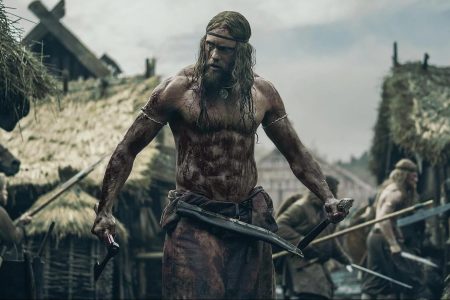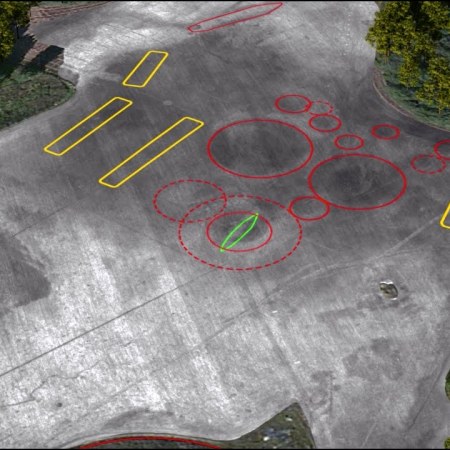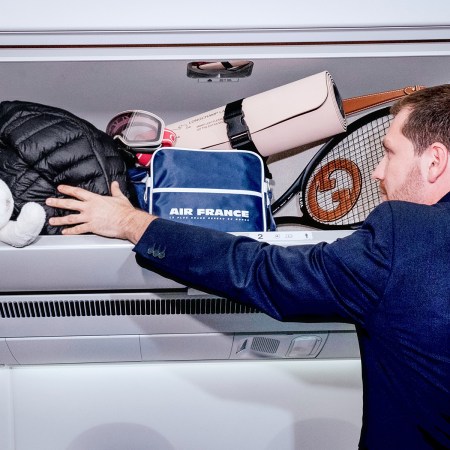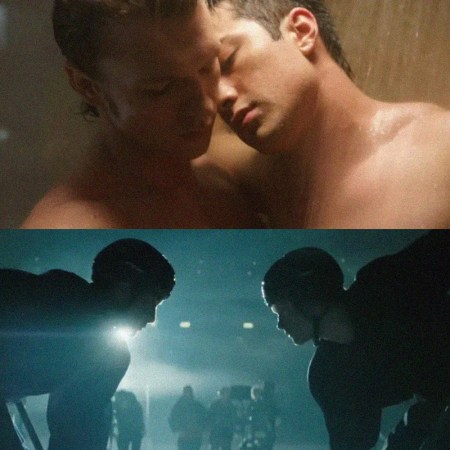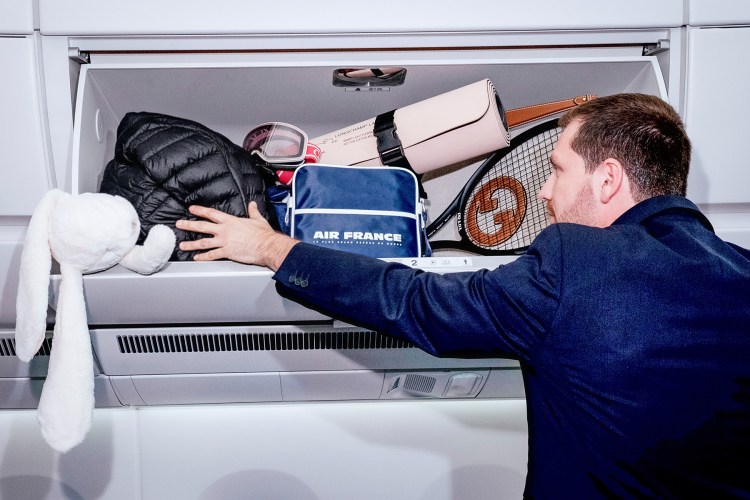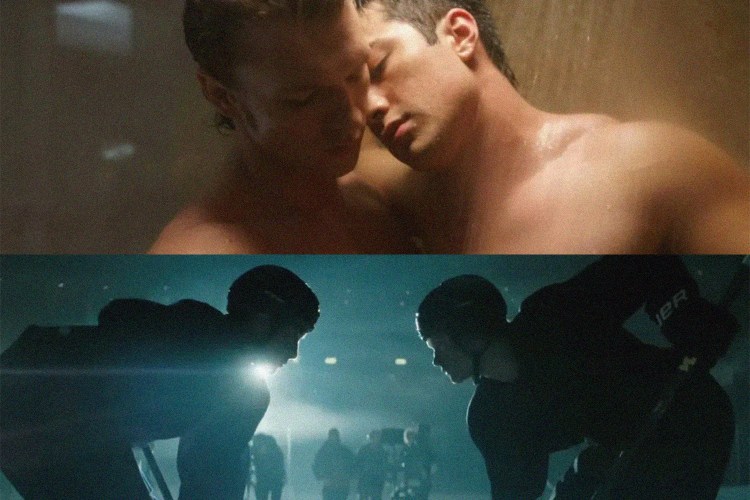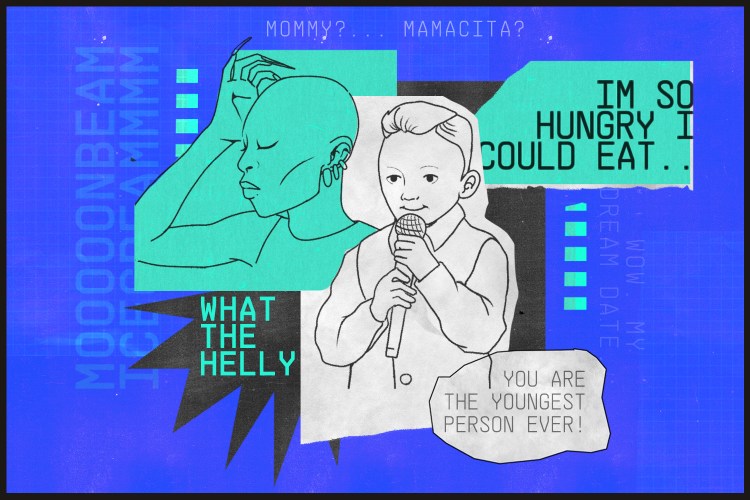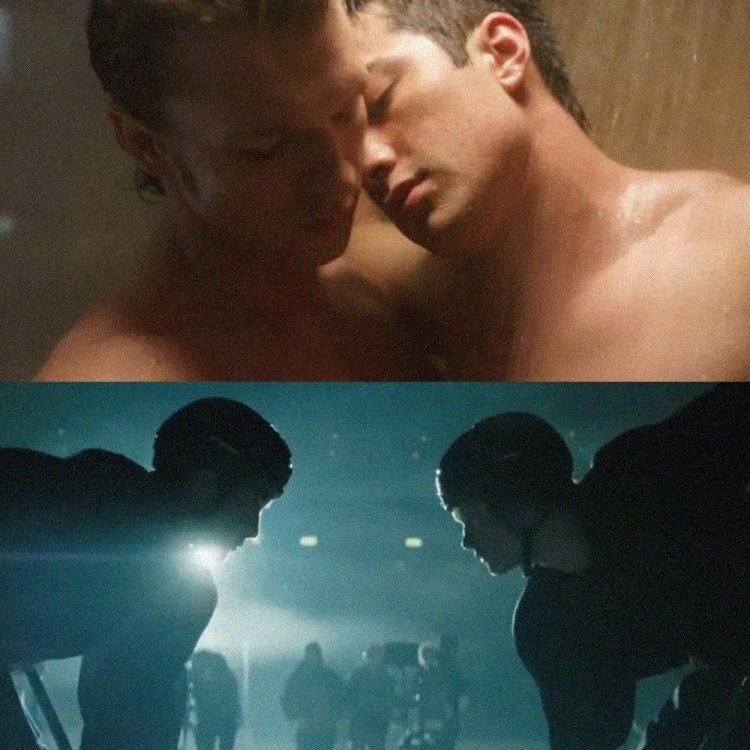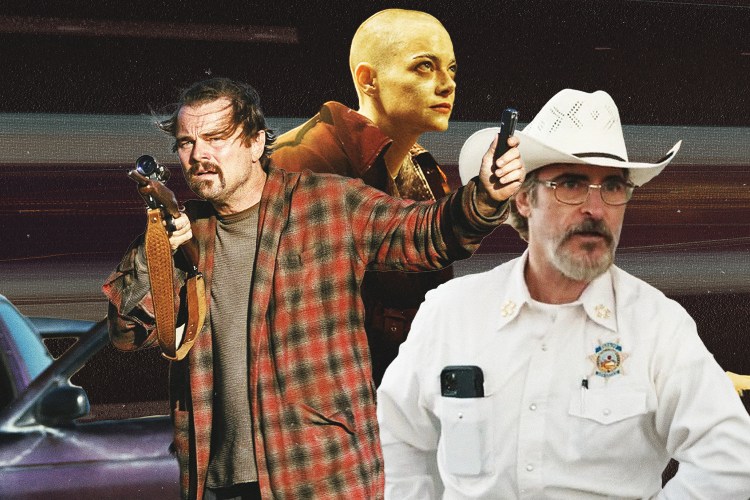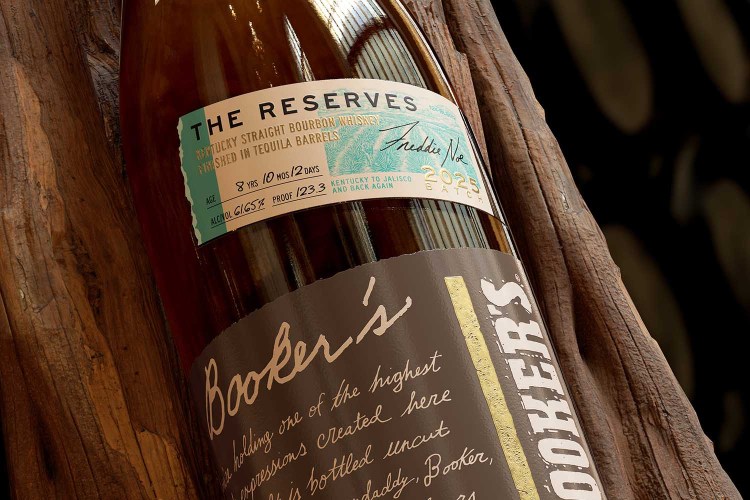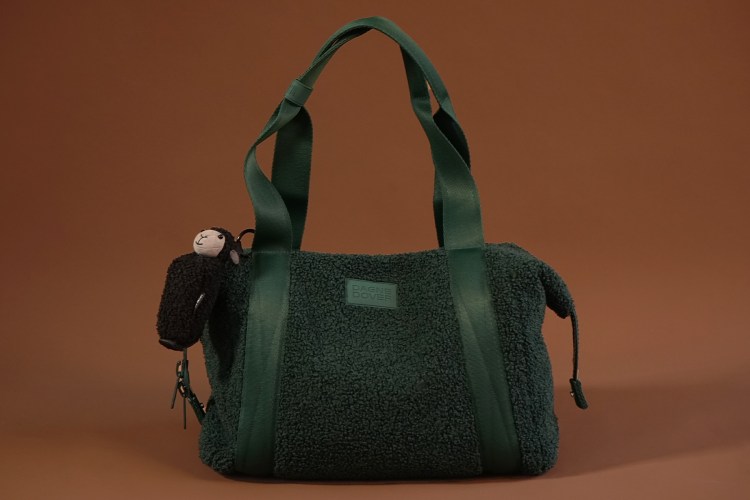Since this century began, Vikings have been the subject of countless historical documentaries, multiple streaming series and the critically acclaimed film The Northman. There’s plenty that residents of the modern world find fascinating about life in the time of the Vikings — but there’s also much about this culture that remains mysterious to us.
Enter historian Eleanor Barraclough, whose new book Embers of the Hands: Hidden Histories of the Viking Age focuses on the lived experience of people during this period — even as the book also challenges our expectations of what the “Viking Age” actually was.
InsideHook spoke with Barraclough about the role of archaeology in her book, her own interest in this time and place and what a controversial haircut can tell us about history.
InsideHook: What are the roots of your own interest in this period of history? Was there something that first drew you to it?
Eleanor Barraclough: It’s a bit of a complicated answer. I was always drawn north. That was always the direction, even from being a very small child. But I ended up doing a really strange degree at Cambridge called Anglo-Saxon, Norse and Celtic. You get to do all these very old languages from what was historically known as the Dark Ages of history and archaeology. It’s a really interesting way of approaching a group of cultures and their broader connections into the world at this very formative, very dramatic time.
I kept on being drawn towards the Norse bit of that, partly to be honest, because it meant that I could go to the wildest, coolest places out in the middle of nowhere. So when I did my PhD, I ended up looking at landscapes and places out in Iceland. I just kept on being drawn back into those spaces. And I have a lot of family connections with parts of the British Isles that the Norse settled. My dad was born on the Isle of Bute, where there’s a lot of really interesting Viking heritage as well. So it went from there, and then they kept on paying me to travel to weird and wild places like Greenland and Svalbard.
Since you began your studies in that, is there anything that has shifted our understanding of the Vikings’ culture or technology? Periodically I’ll read about how ships are being found through the use of ground-penetrating radar that presumably didn’t exist a few decades ago.
I think that’s the major shift. And it’s really exciting because it’s an ongoing shift, and it is about technology and scientific developments and techniques. There are so many things I find absolutely fascinating about this. But one of the biggest ones is genetics and DNA, and that’s something that just keeps on opening these worlds.
I say sometimes that the further away we get from these periods in history, in a way, the more we now know. So there was this incredible big DNA project that I think was published in the middle of the pandemic. And they were looking at all these connections from people who had lived in different parts of the world during the Viking Age and were very much part of that heritage and culture. One of the most wonderful ones is there’s a mass burial in Oxford in St. John’s College that was just before the year 1000. And it was all young males who’d been killed very violently.
They found that one of the people who’d been killed and put in this mass grave had a relative that they had also discovered a few years earlier in the middle of Denmark. And he was older. He was in his 50s when he died. He was a farmer, but he also had injuries that suggested he’d had a somewhat violent life. There was this amazing museum exhibition at the National Museum in Copenhagen where they brought these two bodies together for the first time in a millennium. And they were either uncle and nephew or maybe half brothers. So it’s those sorts of connections — when you start to see just how complex and how exciting this world is and how it connects to so many other cultures and so many important moments in history.
Reading Embers of the Hands, I wasn’t expecting to see so many locations that are in the news now. Kiev comes up as one of the locations in this milieu, and Greenland also plays a part in the book. Were there any contemporary changes that affected your research with that or changed how you understood those places?
It is tricky. It’s really tricky, not least because often Viking Age and Norse culture has a tendency to be co-opted and misused, by the far right in particular. And historically, that’s always been the case. We just have to look at the Nazis.
I don’t think you’re necessarily going to convince people that this isn’t the case and we’re not trying to make it a super liberal hippie world where everyone was like friends and it was all very multicultural. It wasn’t. There were all sorts of complexities and some very, very dark parts of that culture in that world. So it’s trying to find a way of balancing those two things.
As you say, in the case of Kiev, it’s always been tricky. It’s something that goes back to the 19th century, certainly throughout the 20th century, this idea of what cultural groups might people claim as being the origins of Russia, Ukraine, Belarus or the rest of it. And it’s complicated. The whole point is that it’s more than one group, and you have people of Norse heritage very much being part of that. You also have all sorts of Slavic cultures being part of that.
Part of what I think I was trying to do in this book is to just present the evidence we have. And you need to be able to hold those contradictions and be comfortable with them. I think this is certainly something that’s talked about a lot, isn’t it? Debate becomes polarized and ideas become black and white and in a way you have to pick a team. And so it’s finding a way to hold those contradictions.
In the U.S. in the 19th century, there were forgeries that were found, runic forgeries, that were very much trying to prove that the Norse or the Vikings had got to certain parts of North America that there’s no evidence they reached. But what had happened is that later immigrants coming from Scandinavia had reached those. So it’s how the past is co-opted to make a narrative in the present. And it doesn’t actually have to be like that, because the truth is often far more interesting. It’s tricky. I was always aware of it. But also, I didn’t want to get too sucked into it.
Your book is subtitled Hidden Histories of the Viking Age. One of the themes that you return to repeatedly is kind of the question of what life was like for people who weren’t kings or nobles. What is your process to kind of discover that which might not be the most obvious things found in an archaeological dig or in historical records?
Sometimes it was really tricky. Sometimes it was wonderful and things just appeared — or I’d known about them already, but I was able through that lens to look at them in very different ways. In chapter three, I talk a lot about childbirth and the process, because it’s a cliché to say women often get or mostly get left out of history. We all know that, but it’s how to make their truths interesting. It’s not trying to make them into honorary men to make them worth talking about, but it’s also not reducing them to stuff that quite honestly feels a bit heavy. And I wouldn’t really want to read about that either.
So it’s trying to find ways of meeting these people on their own terms with the evidence we know. But in the case, for example, of childbirth, it was absolutely so hard to find the evidence for that. There were a few things from later. So, for example, there’s a saga called the Saga of St. Margaret, which — just from the fact it’s St. Margaret — comes after the conversion [of Vikings to Christianity]. So around 1000 AD roughly. And what we see there is that women in Iceland seem to have copies of this saga strapped to their thigh when they’re in labor in a protective way. It’s because she bursts out of a dragon. She’s famously virginal, but yeah.
The other important aspect of that with regards to women was textile production, because if you take away the women, you take away the textiles, you take away the sails, you take away the clothes and you just end up with some naked men in a rowing boat. And eventually, because there are no more children, you’ve just got the rowing boat left.
There we do have a lot more evidence. We have, for example, weights from the spindles and from the looms where they’ve put their names on them in runes. This is from places like Norse Greenland, which for me is always a real draw. I’m really, really interested in the phenomenon historically that is Norse Greenland. So suddenly we have names — and then we find other people in those weaving rooms, for example. So we find children, we find tree sap, birch that’s been chewed like chewing gum by little child teeth, or you have a weaving sword to pack down the fibres that they’ve drawn little pictures on.
Suddenly this world starts to come to life in a way that we can identify with, even if we know most of us haven’t sat in a weaving room day after day amidst the smoke and the fumes and all the particles coming up. There’s a humanity there that we can connect to, and that’s what I was trying to access.
There’s a reproduction of a child’s drawing in your book that was eye-opening for me, because it looked like something I would have drawn when I was that age.
It’s one of my favorite historical artifacts of any time or any place. There were several reasons I wanted to include that. One was because it was written in Novgorod, he’s learning a Cyrillic alphabet, coming back to that idea of what cultural groups are interacting and what then happens to them. It’s trying to push that idea of why the Viking Age matters and why it’s important past that core. How does history then blow past that point?
I was really interested in that because it’s just so immediate. This was something that I talk about in the book and I try to stay away from: seeing something and thinking, “Oh, I know this person. I have that experience. Oh, they’re just like us.” Which isn’t true. It’s very weird. You know, the past being another country. Well, the past is another planet, really. So it’s trying to hold that while also looking at stuff and thinking, “I’ve done that. My child or my relatives who are children have done that.” So I see this child. And of course, we don’t see the child, but I think it’s the closest that we would ever be able to get to seeing him. And it’s the one where he’s just holding out his hand to this figure who’s sort of been broken off. And for me, I found it incredibly moving and incredibly touching. It was very important to bear witness to him.
On a somewhat lighter note, I was struck by some of the details in your book about hair — especially a controversial Danish haircut that sounds almost like a reverse mullet.
If you’re in the British Museum in London, when you get to the Anglo-Saxon Viking room, Room 41, it’s all these big, blingy artifacts. You have the helmet and you have Ogham runes and inscriptions, all sorts of immediate, hard-hitting, exciting artifacts. And then in the corner — and I missed it for years — it’s not even a comb, it’s a comb case. It’s got runes on it that say, “Thorfast made a good comb.” And it was found in Viking Age Lincoln.
There’s something incredibly touching, but also just really interesting about that. It’s such an everyday artifact. It’s not something you’re going to be drawn to in the way you’re going to be drawn to a kingly burial, with all this amazing splendor. And yet, when you follow the trail, you find all these descriptions of Anglo-Saxons really pissed off because the Danes are getting all the women because they’re sexy, they bathe, they change their clothes and they have nice hair. I’m reading this thinking, “What did you think was going to happen?”
There’s another description of the people living in England, the Anglo-Saxons, as they’re often called, who seem absolutely scabby. They’ve got these horrible little skirts with their bare legs. And I always think of them as having little twiggy legs, all spiky and horrible. And they’ve got tattoos and nasty jewelry. You think, “You’re not even bathing. You’re not even combing your hair.”
Meanwhile, in come the Viking smoothies, whose word for Saturday is literally “bath day.” I have a lot of sympathy for the women who were attracted to them.
“The Northman” Is as Metal as Real Viking History
Robert Eggers’s awe-inspiring tale of vengeance features an impressive attention to detailYou both begin and end the book with the idea that the “Viking Age” is something that is a little bit malleable, without a set beginning or end. Has the ambiguity of that become a little bit more clear in recent years? Or is that something that’s always been more vague depending on the history and the region?
I think it’s exactly as you say, it’s depending on the history, depending on the region and depending on what you’re looking for. I remember when I first was studying this as an undergraduate, being genuinely confused because everyone seemed to know, even at that stage, you’re learning facts, not in a black and white way, but you need parameters. But I remember always thinking, “Yes, but what came before, what was the step before that?”
It’s really interesting now that these amazing Salme ships were found in Estonia that date from around 750. That’s nearly 50 years before those raids start, the famous one on Lindisfarne, which isn’t the same thing. It shows this expansion, this moving of the boundaries of the world outwards, but going east instead, which is really interesting in itself, because often westward expansion is what we think about.
There are still big research projects going on. I think it’s come to an end, but there was a big one in Sweden. I know there are PhDs that are still being very much funded, looking at how do we actually tackle this question of where this begins and what does it mean to say, “This is the beginning?” And there probably isn’t one.
It comes back to this idea of being able to hold that in our minds without it being a problem, that it’s not black and white. The one that I think in a way is trickier is when 1066, the Battle of Stamford Bridge, the death of Harald Hardrada, King of Norway, is used as the endpoint, because that is incredibly Anglo-centric. It doesn’t make sense, even if you just go slightly further north into Scotland. Of course, it’s useful. It’s important. It’s dramatic. But to reduce a historical period, a culture, this incredibly complicated vast diaspora to a single place and a single time and the death of a single important ruler really is something that we need to undercut. I’m certainly not the first person to pull that apart, but it’s how you pull that apart. And so for me, it was those three endings in the book and pushing that idea forwards. And again, I don’t provide a solution, but it’s more, let’s think about what this means. It’s often the simple questions that are the hardest, isn’t it?
This article appeared in an InsideHook newsletter. Sign up for free to get more on travel, wellness, style, drinking, and culture.

